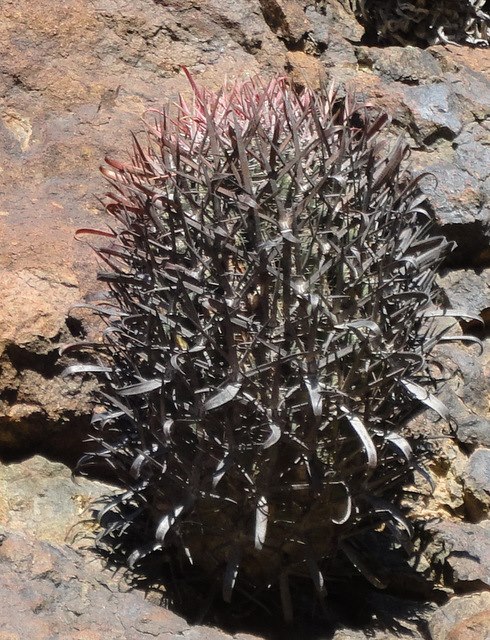The final round of edits came back on the latest manuscript, from the copy editor this time, and I had made so many thoughtless, careless errors. Many were rookie mistakes, and very basic ones, such as citing something in text but not including it in the bibliography, or vice versa, a problem which largely arose because the manuscript is out of my dissertation, and the dissertation had only a single lit cited, and trying to square that with the chapter citations has been a nightmare. Admittedly, I also didn't check each citation in text and in the references, and it just feels incredibly noob-ish and flat out careless not to have done that. Many other errors were much more technical and along lines with which I was just not trained in the PhD program, all related to the ins and outs of taxonomy and the formal aspects of that. The paper is a major revision of a genus in the Cactaceae, and I honestly feel like I have learned more since the edits and corrections than I did at ASU, regarding the strict formalities of botanical publications dealing with taxonomy.
A whole other area that I am woefully not skilled at is the step from sort of automatically, easily generated graphics to the publication standards of journals. The copy editor included these directions regarding the main figure in the paper: prepare fig. as vector graphic; max. 17.6 cm wide, max. 21.7 cm high; min font size for terminals 7 pt, for support values: 6 pt. italicize genus and species names, but nothing else (ranks, identifiers ...). This was the first time in my life that I ever saw "vector graphic" (which, it turns out, just means certain formats such as PDF, SVG, etc., which have vector data, versus JPG, for example, which has raster data, which I did not even fucking know), and I honestly just have no clue whatsoever how to make the figure to the size specifications, especially. I could learn. This is exactly the kind of shit that I have had to fucking teach myself for the past 6 years, because it definitely has not been part of my formal training. Instead, I wisely asked my main advisor on this project if he would be willing to make the figures to spec, and he said he is happy to. I can learn some other time, when I am not trying to turn a manuscript around in two days.
Anyway, this process, even more than the process of getting the first paper published, has conjured up just how traumatic so much of the PhD process was for me. It was basically a daily encounter, sometimes several times a day, with my own ignorance, incompetence, lack of preparation, confusion, and frustration. I feel like I just was not actually trained in a great many of the basics, which I think is also a profound reflection of how shitty my undergraduate education was in practical ways, and the fact that I was a "non-traditional" student with little science training or background before I started. It seems miraculous now that I finished in 5.5 years, considering how ill-prepared I was. And how much of the work I did was just sailing along alone, hermit-style, with very little direct instruction or advisement.
There's so much I would do differently, if I were starting a research project and intending to publish. I guess hindsight is powerful, for sure. But this Saturday has just been excruciating, basically. Tons of progress made, and these revisions are likely to be the very last, and that keeps me going. I have one more dissertation chapter to revise for publication after this, and I am looking forward to fixing it up big time *before* submitting it. Just paying as much attention to the details as I am capable of paying. I do not want to go through another process like this one, that is for sure.
 Meanwhile, the above Cochemiea maritima flowers remind me of M. The featured image, on the other hand, of a gnarly Ferocactus gracilis subsp. coloratus, reminds me of my poor mind. It is looking like the revisions will be done by Monday morning though, which has been the goal. Fingers crossed.
Meanwhile, the above Cochemiea maritima flowers remind me of M. The featured image, on the other hand, of a gnarly Ferocactus gracilis subsp. coloratus, reminds me of my poor mind. It is looking like the revisions will be done by Monday morning though, which has been the goal. Fingers crossed.


Peter,
This is a new time in your life as a scholar. Be gentle with yourself. Reach out to colleagues who can guide you as you shape your work for publication. They will remember their own vulnerability as they moved through this time in their life and help you.